As someone who’s lived in enough capitals to clock a red flag at 50 paces, I find a certain joy in wandering embassy districts — those odd little clusters of international ego where each nation plays architectural charades: “Guess who we are, based on this three-storey beige nightmare with mirrored windows?”
I’ve done these embassy walks in Canberra, London, and a scattering of European capitals. What fascinates me — beyond the clashing design aesthetics — is the wildly different levels of paranoia on display. It tells you everything you need to know about a country’s track record. These buildings, often tucked into leafy suburbs, silently narrate tales of a nation’s past actions.
Some are basically fortified bunkers — sniper nests, crash-proof bollards, and fences you'd expect around a nuclear facility. Others? Quaint little villas with nothing more than a politely worded sign and a bored-looking receptionist visible through the front window.
Take New Zealand. Their embassies tend to resemble yoga retreats or eco-lodges. No guards, no walls, just a plaque and some well-watered plants. Because what’s New Zealand ever done to piss off the world? They produce sheep, butter, and make great coffee — all while providing the wholesome backdrop for Peter Jackson’s trauma.
Same goes for much of Scandinavia. Sweden, Norway, Denmark — diplomatic offices nestled into quiet residential streets, sometimes sharing a driveway with someone’s nan. Why? Because these countries don’t spend decades “liberating” oil-rich nations or propping up coups with a cheery wave and a side dish of sanctions.
Compare that to the United States embassy. Anywhere. They all look like post-apocalyptic military compounds: ten-foot concrete barriers, armed guards, cameras watching you watching them watching you. Makes sense. When your foreign policy reads like a game of Risk played by a drunk toddler, you probably need the extra fencing.
The UK’s embassies are usually grand old buildings, draped in colonial guilt and CCTV — like the ghost of Empire trying to blend into the 21st century while still clutching its pearl-handled revolver. There’s a quiet desperation to those heavy iron gates — a nod to the fact that half the countries on Earth have a historical beef with Britain and its fondness for drawing borders with all the finesse of an E-numbered-up kid with crayons.
France? Also high on the fortress scale. Napoleon tried to paint half of Europe blue and white, and they’ve been compensating for it ever since with iron fences and unblinking security guards.
Russia? Practically a Bond villain lair. Dark glass, strange antennae, the smell of Novichok wafting in the breeze. Probably has more underground levels than above-ground ones.
China? A modernist block with all the warmth of a detention centre. Security like they’re expecting every passing pedestrian to be a CIA mole or a Uyghur with a grievance.
And then you’ve got embassies like Switzerland. Crisp, neutral, maybe one camera, no drama. Their buildings say: We’re not picking a side unless it’s chocolate-related.
You can tell a country’s foreign policy by how defensive it gets when you walk past its embassy. The more terrified it looks, the more reasons it probably has to be.
Anyway, I highly recommend embassy-spotting if you’re ever in a capital city with nothing else to do. It’s like a museum of geopolitical karma — only with better landscaping.
🏰 The Fortress Embassies: When Paranoia Meets Architecture
United States Embassy, Baghdad.
Dubbed the largest embassy globally, the U.S. Embassy in Baghdad is less of a diplomatic mission and more of a fortified city. With its own power plant, water supply, and defense systems, it’s a testament to America’s extensive involvement in the region.
United States Embassy, London

The new U.S. Embassy in London’s Nine Elms district is a modernist cube surrounded by a moat-like pond and high-security measures. It’s as if the architects anticipated a siege rather than diplomatic visits.
Russian Embassy, London
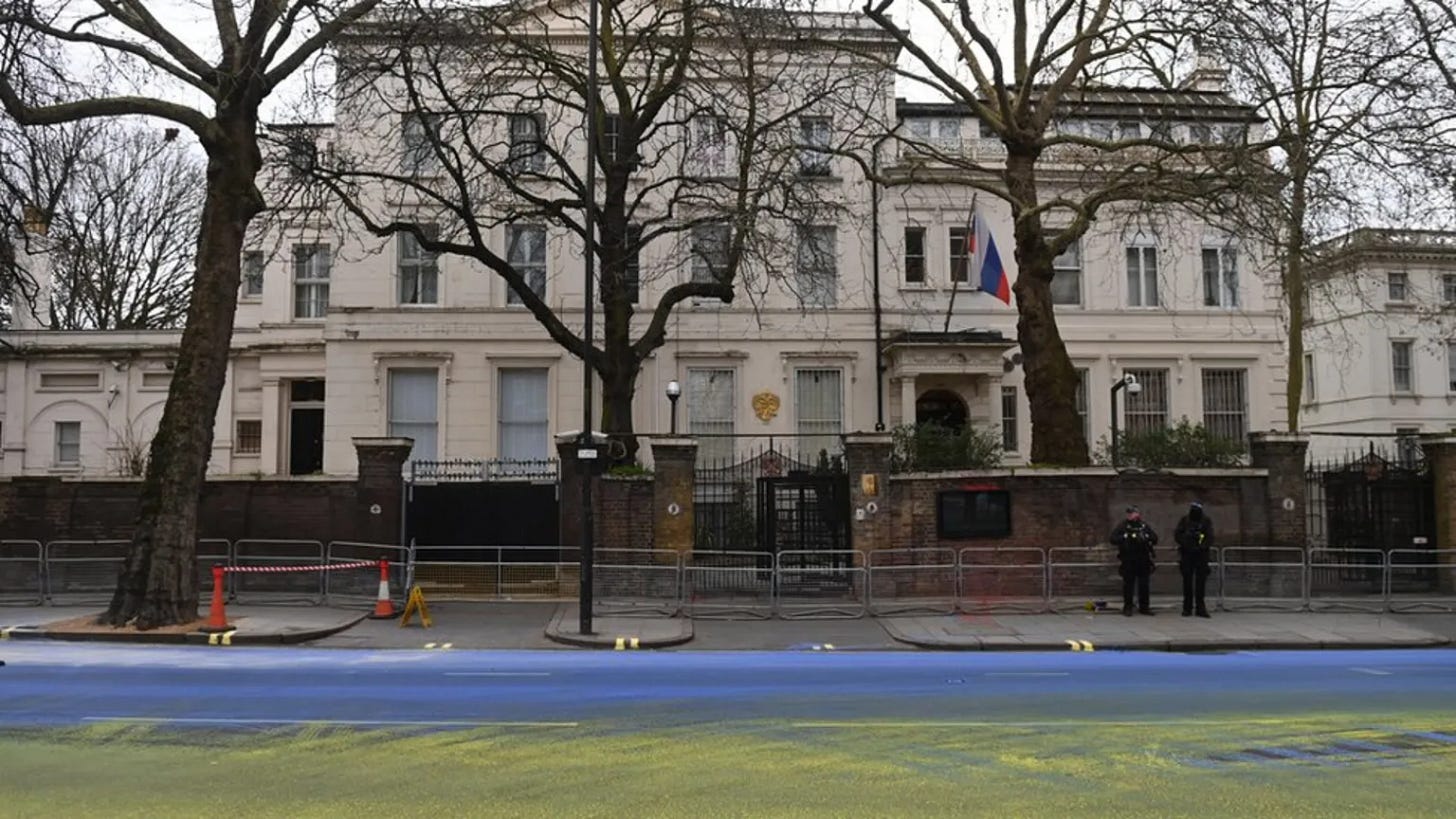
Nestled in Kensington Palace Gardens, the Russian Embassy is a grand building with an imposing presence. Given recent events, including espionage allegations, it’s no surprise that security is tight.
Chinese Embassy, Canberra
The Chinese Embassy in Canberra combines traditional architectural elements with modern security features. It’s a blend of cultural pride and a subtle reminder of the state’s watchful eye.
🏡 The Quaint and Unassuming: Diplomacy with a Smile.
New Zealand Embassy, Washington D.C.
Reflecting New Zealand’s reputation for peaceful diplomacy, their embassy in D.C. is a modest, welcoming structure. No towering fences or armed guards—just a friendly façade.
Sweden Embassy, Canberra.
The Swedish Embassy in Canberra is a minimalist building surrounded by greenery. It’s as if they want to invite you in for fika rather than interrogate you.
Norway Embassy, London.
Located in Belgravia, the Norwegian Embassy is housed in a classic townhouse. Its understated elegance mirrors Norway’s low-key international stance.
Denmark Embassy, Canberra.
The Danish Embassy in Canberra is a single-story building with a very relaxed vibe. It’s more reminiscent of a community centre than a diplomatic mission.
Embassy architecture serves as a silent narrator of a nation’s foreign policy history. The more a country has meddled abroad, the higher its embassy walls tend to be. Conversely, nations with peaceful diplomatic records often opt for openness and accessibility.
So, next time you’re in a capital city, take a stroll through its embassy district—you might just learn more from the buildings than from any history book.
Drop us a comment below with your favourite embassies from around the world — especially the weird, the wonderful, and the downright quirky ones.

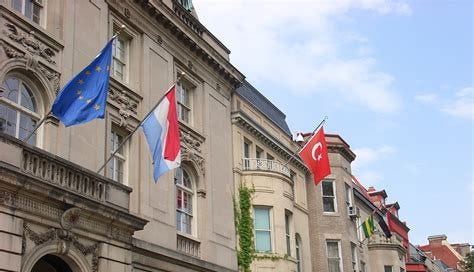



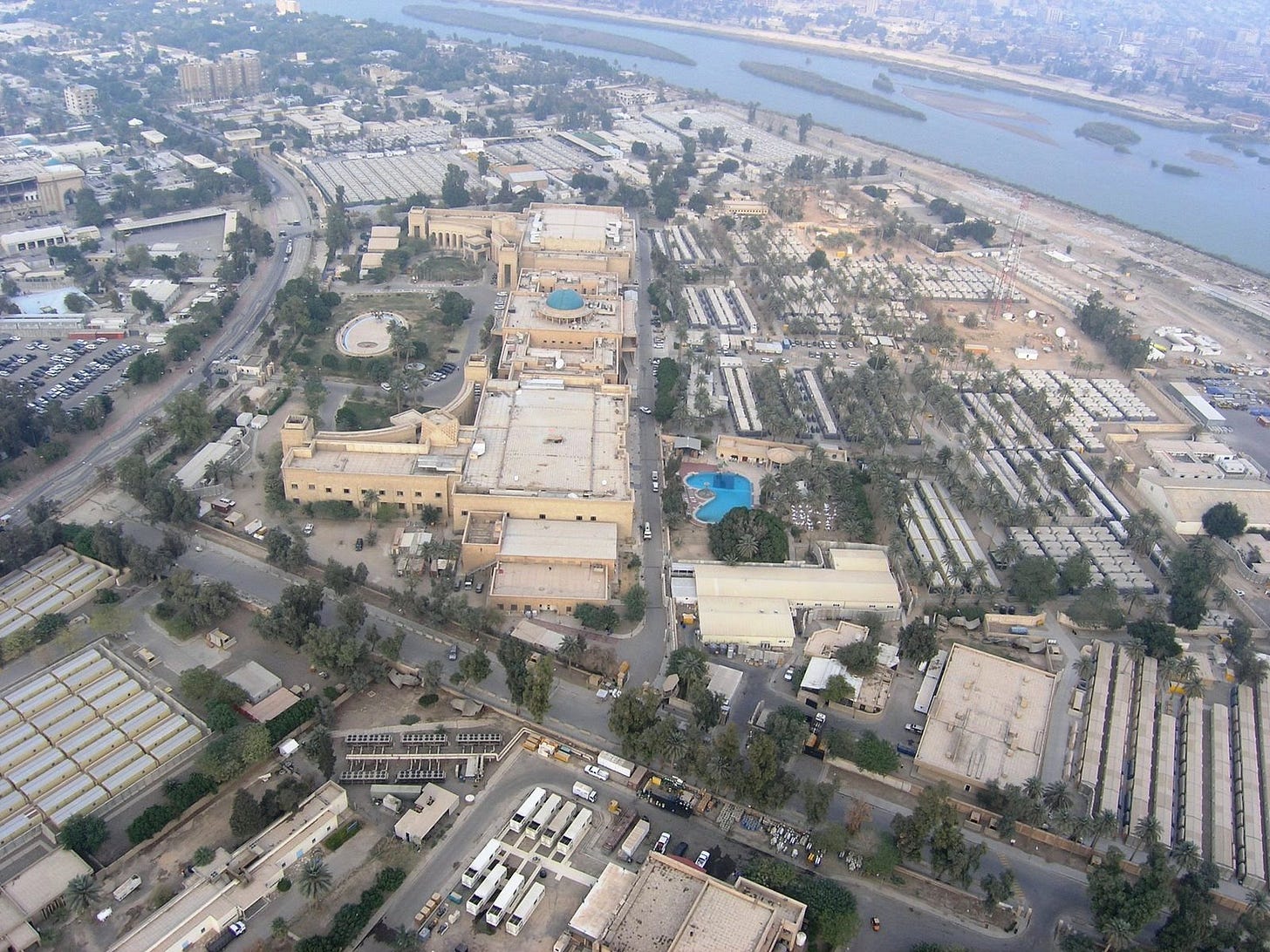

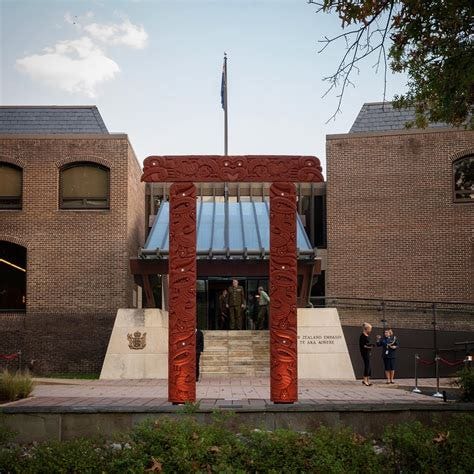
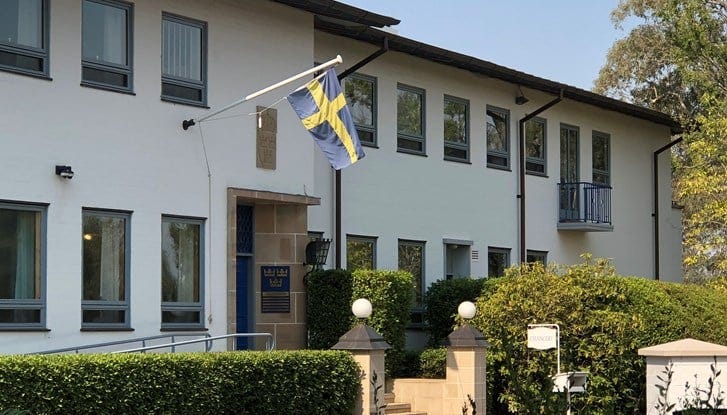
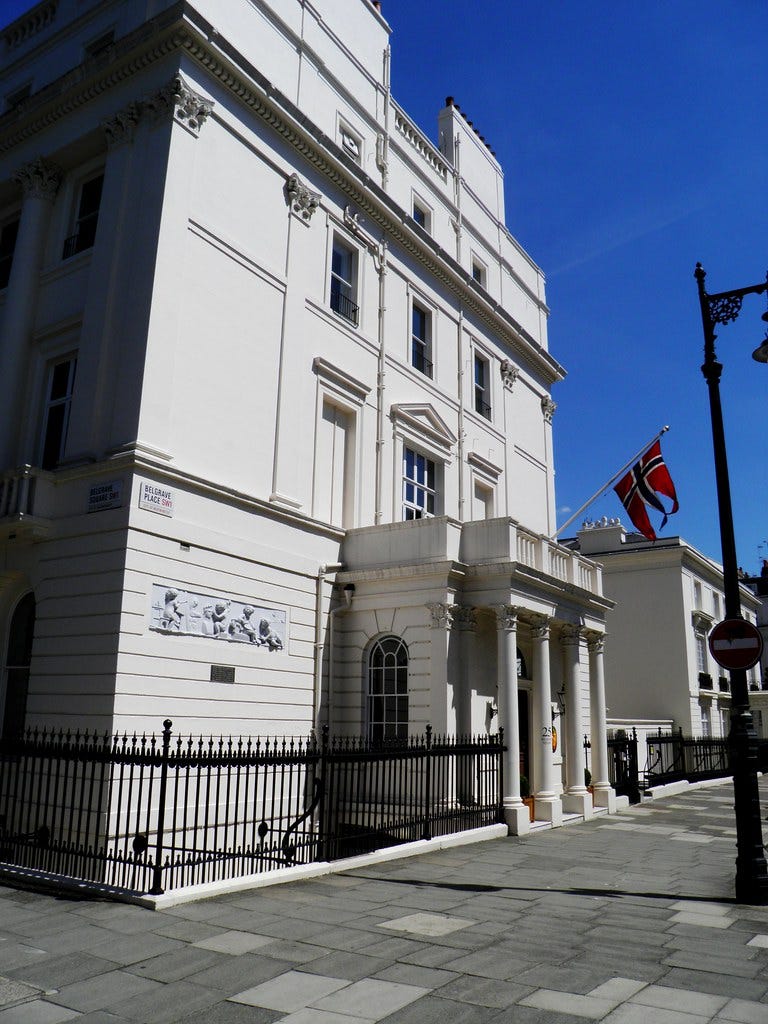
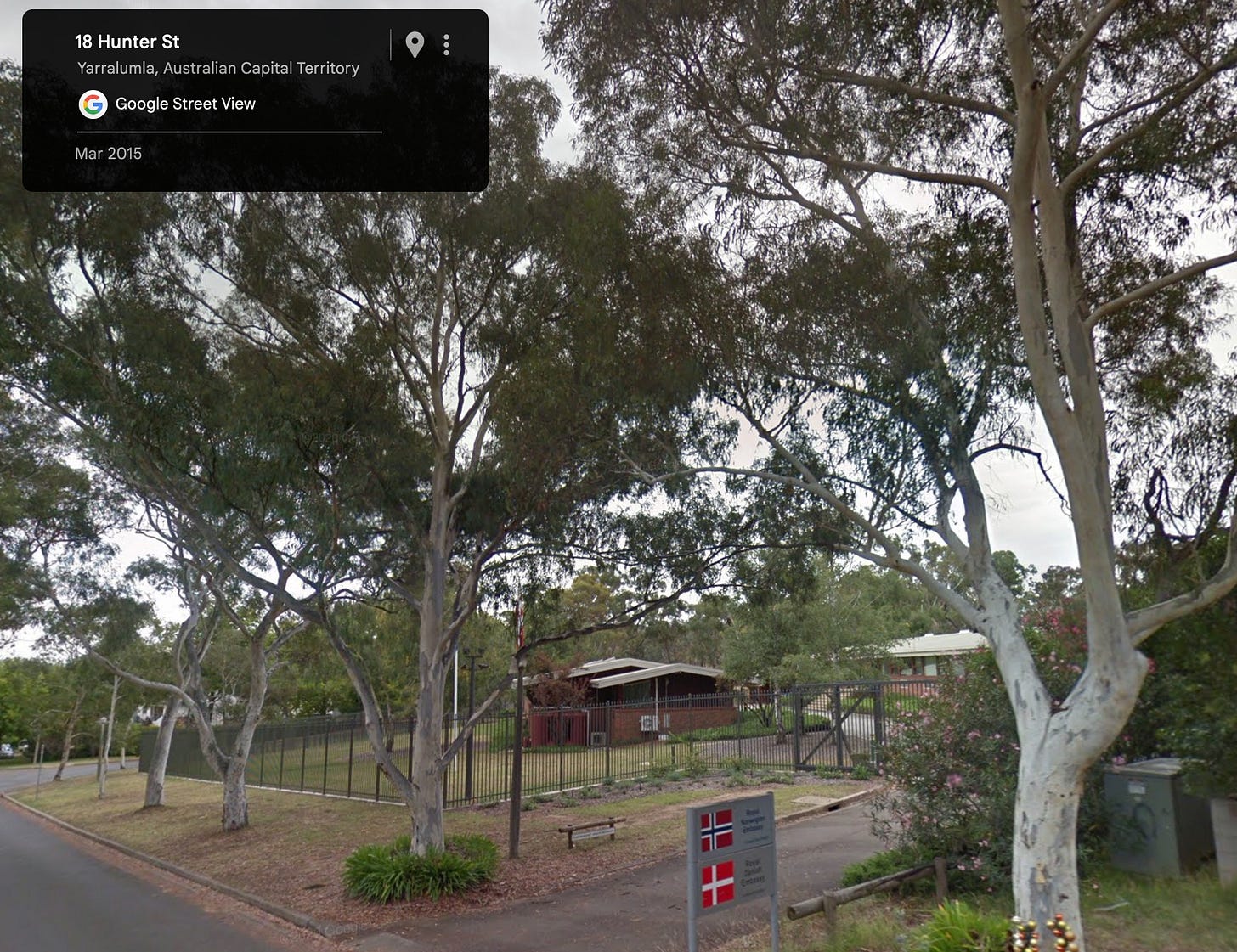
Just a delight to read! You may wish to see this from Craig Murray on the new American embassy in Lebanon, evidently the second largest embassy anywhere (or what he terms "What the Hell is That?") seen here: https://www.youtube.com/watch?v=KVjrtgpJti4